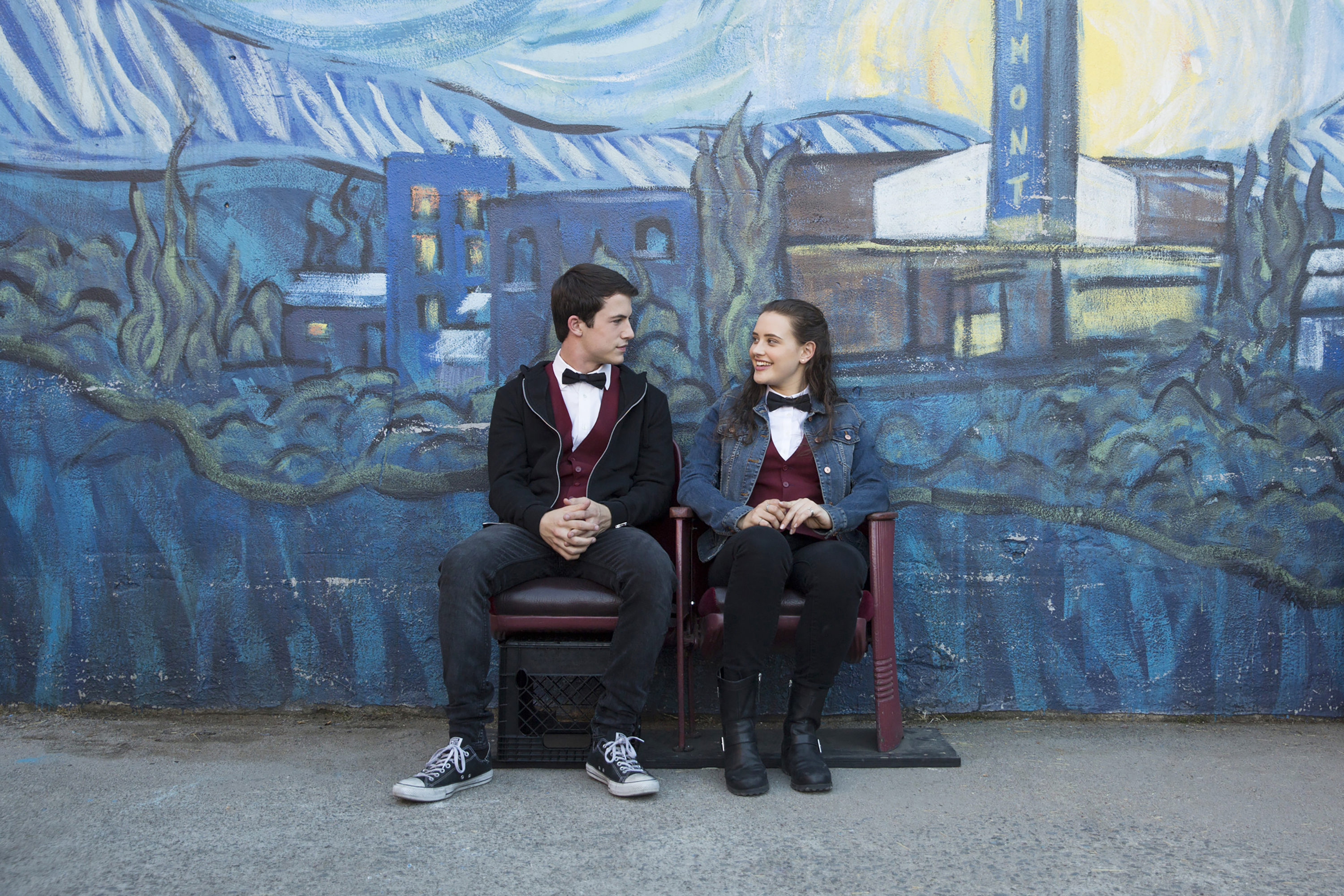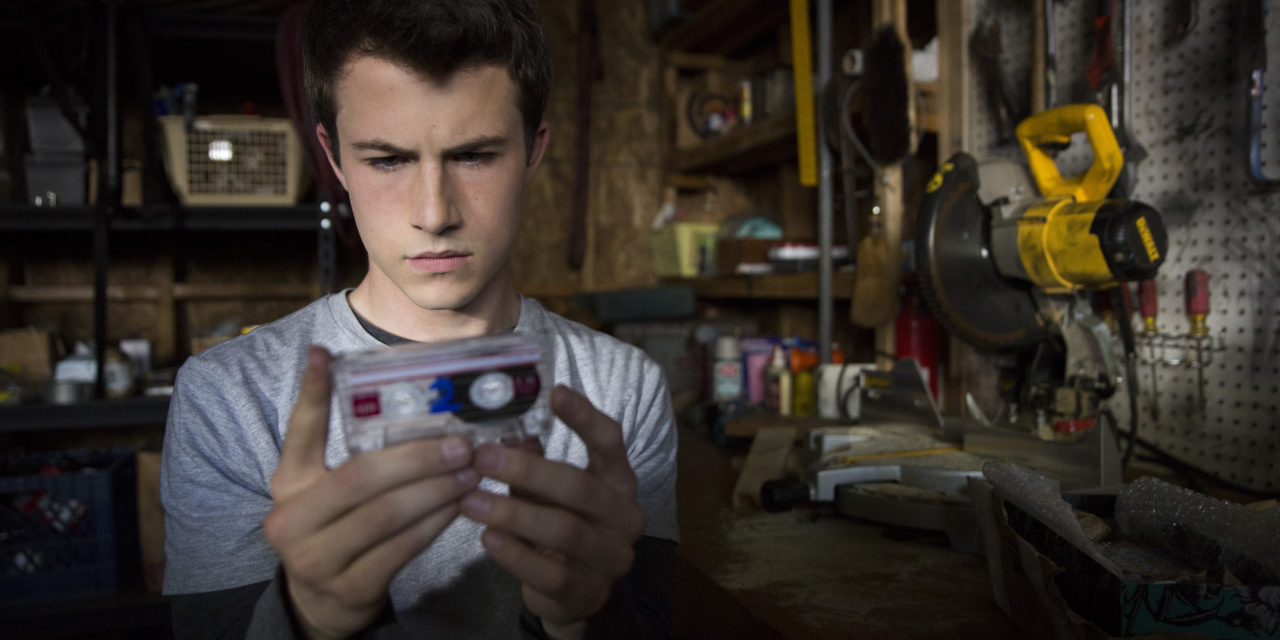BY KAYLA VALERA | STAFF WRITER
I remember having read Jay Asher’s “13 Reasons Why” during the summer of my sophomore year in high school. Its story, which chronicled a series of tragic events done unto characters around my age, was far removed from my own perception of high school at the time and has since haunted me into young adulthood. I could never get over the intensity of the story and the morbidity of its topic.

Netflix’s newest series, “13 Reasons Why,” is an adaptation to Jay Asher’s bestselling young adult novel. (Photo courtesy of Beth Dubber, Netflix)
Clay Jensen, the main character of the novel, receives 13 tapes from Hannah Baker, a girl he has pined after since his sophomore year who had also recently died of suicide just a week prior. Each of Hannah’s tapes detail the people who have contributed to her death in one way or another through their actions – including Clay himself. Though despite all that happened to her, I couldn’t truly get into Hannah’s headspace when she decided to end her life.
Netflix’s adaptation of “13 Reasons Why” (released on March 31) didn’t make me agree with the cause of her death either, but it did show me the very real effects that happened because of it and humanized the issue of suicide that words alone couldn’t express.
The series, which is helmed by director Tom McCarthy who directed the Oscar-winning film “Spotlight,” pans out through 13 episodes and shifts perspective between Clay and Hannah, before and after her death. Its brutally honest portrayal of high school spares no expense in graphically telling it like it is. We even see Clay bare his own prejudice toward others despite being depicted as the annoyingly “perfect” individual who could do no wrong in the book. In fact, one of the more satisfying features of the series is seeing Dylan Minette’s (Clay) unabashed belligerence to desperately protect and preserve a dead girl’s memory.
This new and very confrontational version of Clay is guided by the explanatory tapes – much like us viewers –through a convoluted and winding list of suspects who we’re to blame for killing Hannah, who’s played by up-and-coming actress Katherine Langford. It takes Clay days to hash through each traumatic event that Hannah frames on a particular person through his vintage cassette tapes (as opposed to listening to them overnight as in the book).
At the beginning, the pacing of the show seemed to drag out unnecessarily as Clay has to perform his own form of retribution to those who bullied or abandoned Hannah. Much like reading the book, I selfishly demanded a solid case against each person that had done Hannah wrong to the point of suicide.
However, toward the end of the series it was hard to witness Hannah’s last days unfold, each fraught with more problems that slowly weakened her resolve to live. Unlike other shows that I would usually watch on a Netflix spree, there was a sense of guilt in wanting to watch the show into completion because I already knew that she doesn’t make it out in the end. It felt wrong to “binge” through a person’s life up until her self-inflicted demise.
The people behind each reason were just as important and consumed my thoughts and emotions as well. Their own hellish realities that weren’t rendered in the book gave them a different presence in the story than just a name on a list. Hannah’s accusations for some of them even wavered a bit as we saw their own truths play out apart from Hannah’s. At times I wanted to breach the boundary of viewer of the show/listener of the tapes just to make Hannah see their side of the story, hoping to prevent the inevitable from happening.
Apart from the changes that make the series stray from its original novel, I thoroughly appreciated the live-action interpretation of “13 Reasons Why.” The series forces viewers to experience the same emotion and pain that the characters go through that readers can easily suspend while reading the novel. Paired with a powerful soundtrack and scene sequences that comfortably shift between moments from the past to the present, the new series captures Hannah’s beautifully tragic life and the aftermath of her suicide. As the story brings to light the effects that came from Hannah’s death, the series also treads through topics concerning the school administration and how it is often remiss toward blatant student bullying and suicide prevention.
The message that prevails at the end of “13 Reasons Why” is that there are a lot of things we could do to help somebody in some way. In hindsight, our words and actions had a lot of power to save someone from a bad day if we only thought to think outside of ourselves. As Hannah says in her tapes, everything affects everything.






